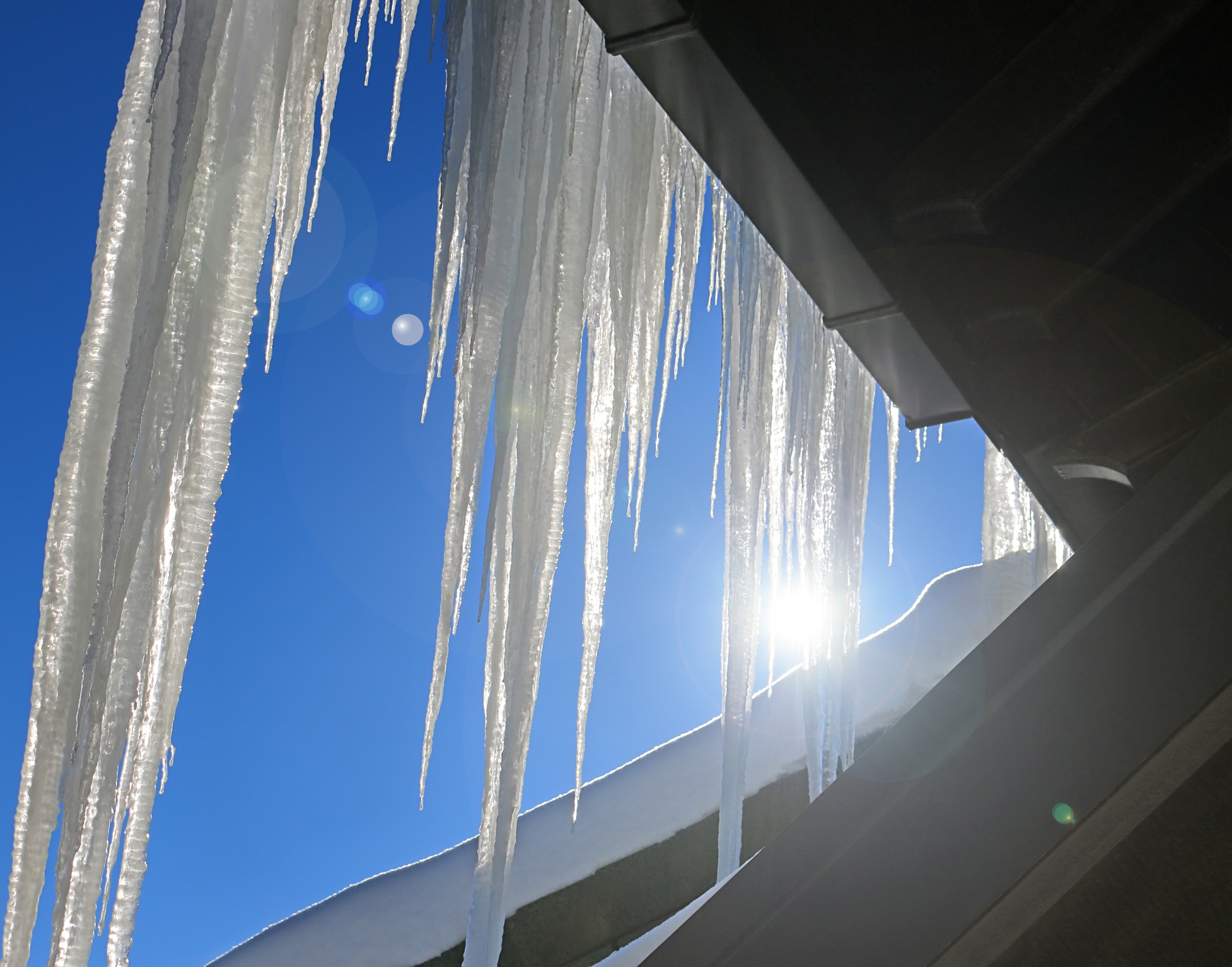
By Eric Spacek, JD, ARM
With winter on the horizon, you and your church need to be prepared.
In addition to the cold, snow and wind, winter conditions can cause substantial damage to buildings.
Even prior to winter, the fall can bring about wear and tear due to the changes in temperature and moisture levels. By being proactive about preparing your building for the cold — and performing maintenance during the winter — you could lessen the damage and diminish the risk.
Consider these tips when it comes to maintenance inside and outside your building:
Heating System
Heating systems should be serviced to ensure they are working properly. To ensure that quality maintenance and servicing is done, a contractor that is a certified professional should be hired.
Also, be sure to check furnace filters on a monthly basis. Most filters need to be replaced every three months, but possibly less depending on the condition.
Water Pipes
The winter cold can do a lot of damage to the pipes in your facility. Low temperatures can cause them to freeze or burst.
The following precautions can help safeguard your church from this type of situation:
- Wrap pipes that are exposed to freezing temperatures or located in unheated areas with pipe insulation.
- Turn faucets to a slow drip in an attempt to prevent freezing during extremely cold temperatures.
- Insulate outside walls and unheated areas of the building.
If you come across a frozen or burst pipe, shut off the water at the building’s main water valve and contact a licensed plumbing contractor as soon as possible.
Roof & Gutters
Prior to winter, inspect your roof for any possible leak sources, and empty out all gutters, leaves and downspouts.
During the winter, it is important to take steps in preventing ice dams, which are caused from snow and ice buildup on roofs. To assist in preventing ice dams, consider the following tips:
- Ensure adequate insulation and ventilation in the attic.
- Consider installing soffit vents to increase ventilation.
- Seal any openings in the attic, such as heat ducts, light fixtures and vent pipes.
- Clear snow two to three feet from all roof edges with a snow rake.
Faucets & Lawn–Irrigation Systems
If your building has any exterior faucets or a lawn-irrigation system, it is important to see that those water pipes are drained and disconnected from any hoses prior to the winter freeze. It may be a good idea to hire a professional for this responsibility.
Handrails & Walkways
Winter is a time to pay extra attention to handrails, sidewalks and steps. To avoid slips and falls, make sure handrails are in good condition and are adequately secured. Also, apply de-icing products on walkways, especially in front of entrances.
Snow & Ice Removal
Monitor weather reports daily to determine when snow and ice removal will be necessary. Before the winter months, be sure your church has all of the essential equipment, such as shovels, ice melt and snow blowers. Perform snow removal actions after an inch or more of snow accumulates. View the Snow and Ice Removal fact sheet for more information.
In addition to winter-related risks …
GuideOne Insurance created this brochure outlining the most common risks churches face based on actual claims that they have received.
Additionally, it offers easy solutions to help protect your facility.
Want more information about GuideOne? Visit GuideOne.com/Church today!
Eric Spacek, JD, ARM is the Director of Risk Management and Loss Control at GuideOne Insurance in West Des Moines, IA. Before joining GuideOne, he served as Minister of Operations for a large Methodist church in Raleigh, NC, and was a liability litigation trial attorney in Washington, D.C.



You have done a fantastic job putting this together and making it available to your readers. Thank you!